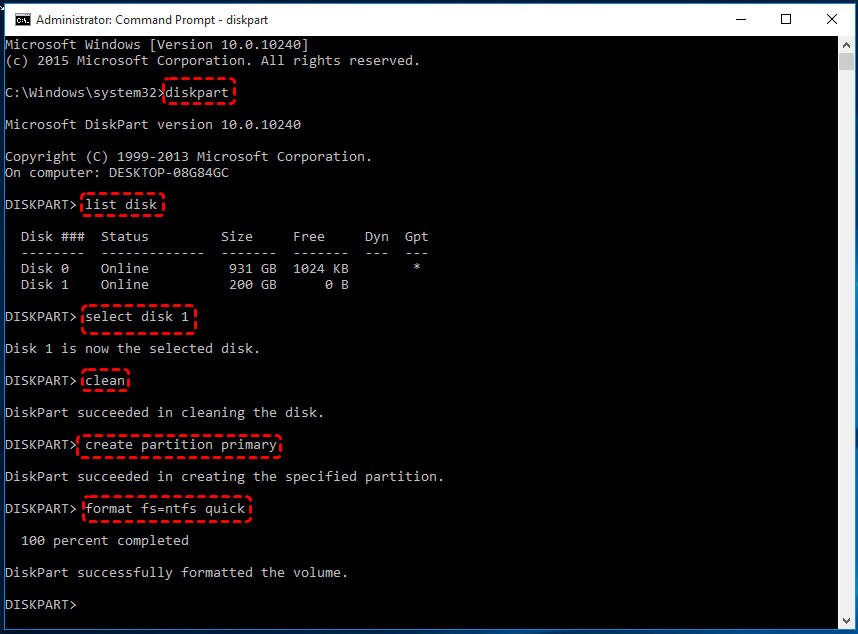


Type and search in the Windows search bar ①, then click ②.

The format process is completed and your USB flash drive has been converted to FAT32. Click ⑨ to close the window.Note: Please back up your data before proceeding with Format. A notice appeared to remind that all data on the USB flash drive will be deleted. Select ⑧ to start formatting your USB flash drive.Select File system to ⑥, then select ⑦.Right-click your USB flash drive ④, then select ⑤.In the File Explorer window, select ③.Type and search in the Windows search bar ①, then click ②.Please go to the corresponding instruction based on the current Windows operating system on your computer: Note: All files on the USB flash drive will be deleted during the convert process with format feature, so please back up your files first if you have data inside originally. E copies all subfolders, /H copies all hidden files and /F displays all source and destination file names as it’s copying.In some cases, you may need to convert the USB drive format to FAT32 so that the computer can access the specific file (such as use EZ Flash to update BIOS in the BIOS Utility), please refer to the following steps to convert USB format via the Windows format feature. You can either do this from Windows using Ctrl+C+ Ctrl+V, or from the command line using xcopy. Copy the entire contents of the ISO to your flash drive Where E:\ in this case is my flash drive’s letter. My ISO is mounted as G:\, so I’ll navigate to G:\boot and run: C:Windowssystem32> G: Navigate to the mounted image and install a bootsector This will exit diskpart, but leave the command window open. To format it, we’ll use the NTFS file system and run a quick format: DISKPART> format fs=ntfs quick If you’re really curious, run list partition to check. Since we know there is only one partition, we can just run this: DISKPART> select partition 1 Create a partition DISKPART> create partition primary Make sure you want to do this! If you are sure, run: DISKPART> cleanħ. The clean command marks all data on the drive as deleted and therefore removes all partitions and volumes. Run clean WARNING: This deletes all data on your drive In the example above, my flash drive is disk 2 so I’ll run: DISKPART> select disk 2Ħ. Select your flash drive by running select disk #įind the item that corresponds with your flash drive and select the disk.

You’ll see the something similar to this: DISKPART> list diskĥ. This will open and run the Diskpart command line utility, which allows you to manage disks, partitions and volumes.Ĭ:\Windows\system32> diskpart 4. Hit Windows Key, type cmd and hit Ctrl+Shift+Enter. Insert a usb drive at least 4gb in size 2. And who uses DVD’s anymore? Download the Windows 10 preview ISO from here: Steps 1. I’m writing this because I can, for some reason, never remember how to use Diskpart.


 0 kommentar(er)
0 kommentar(er)
